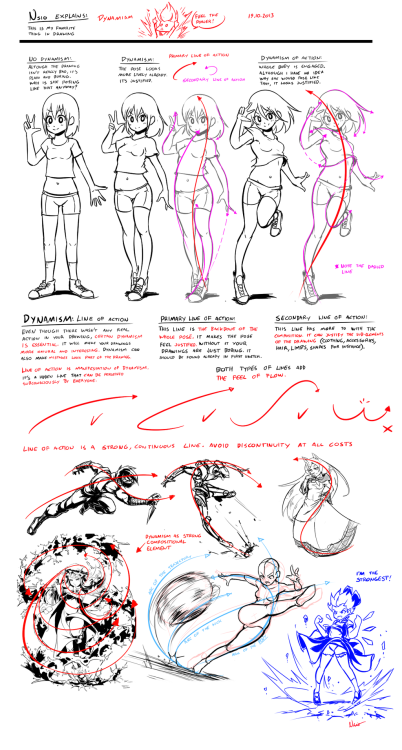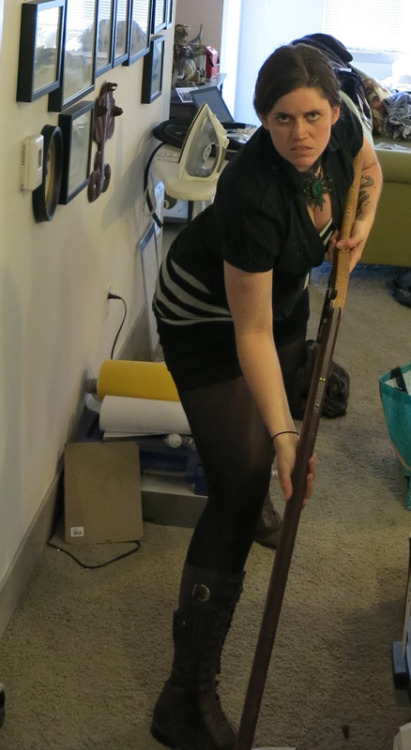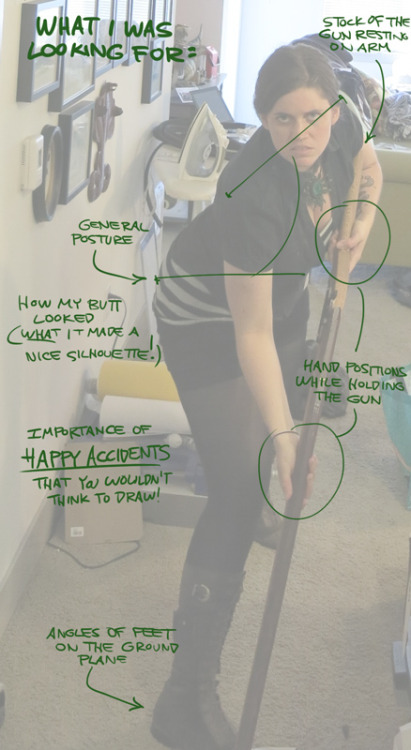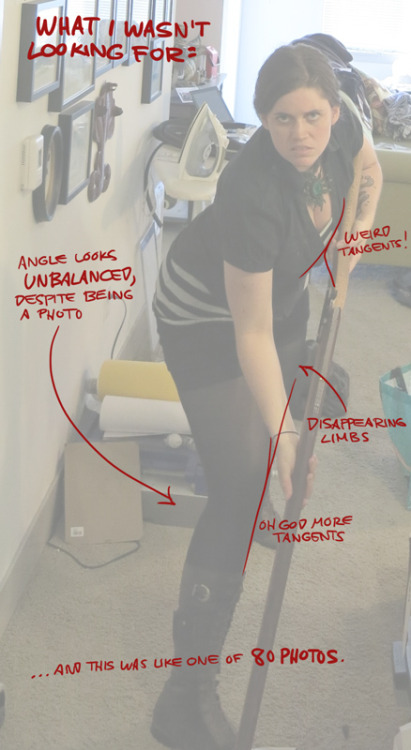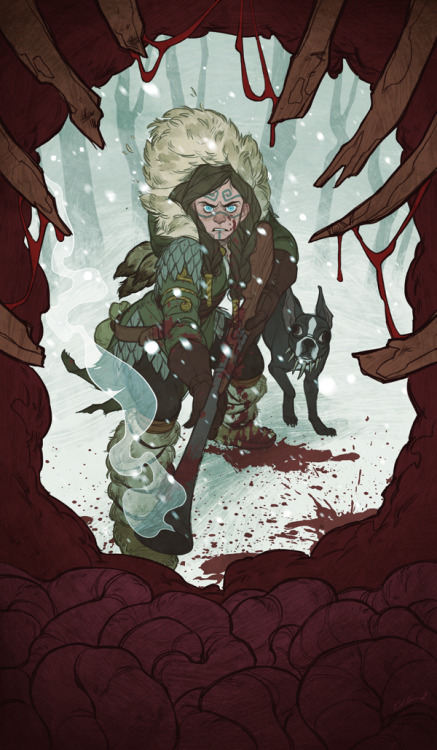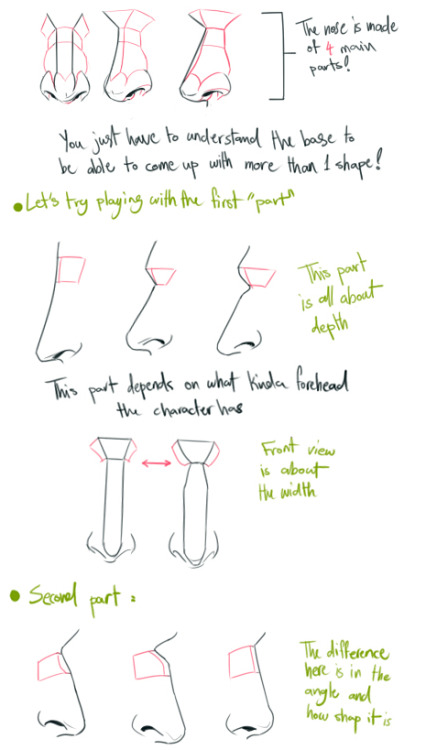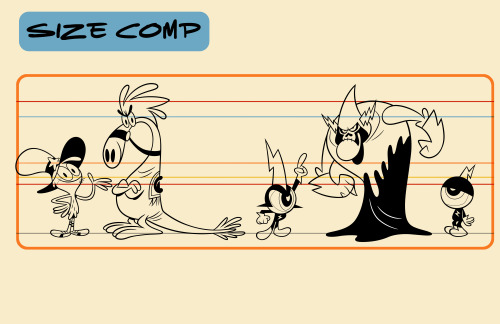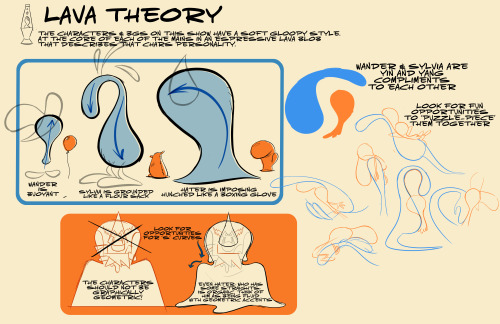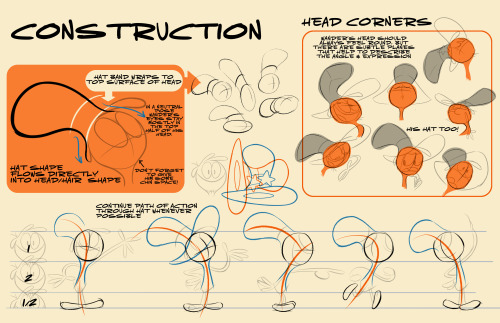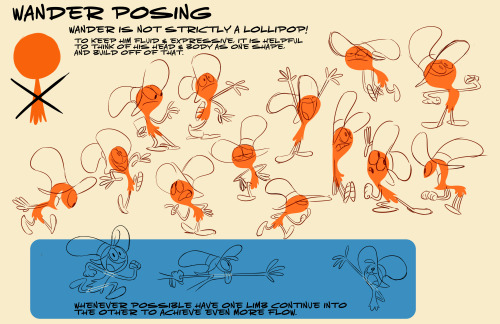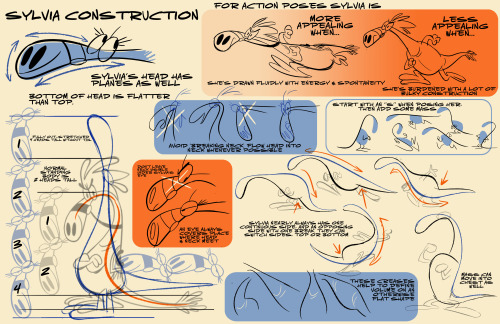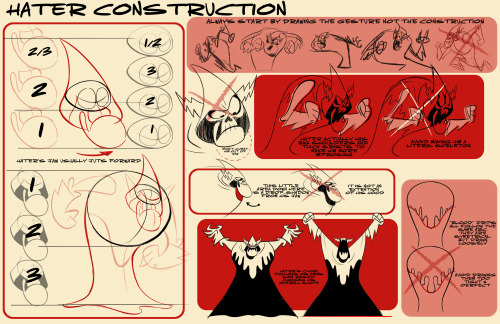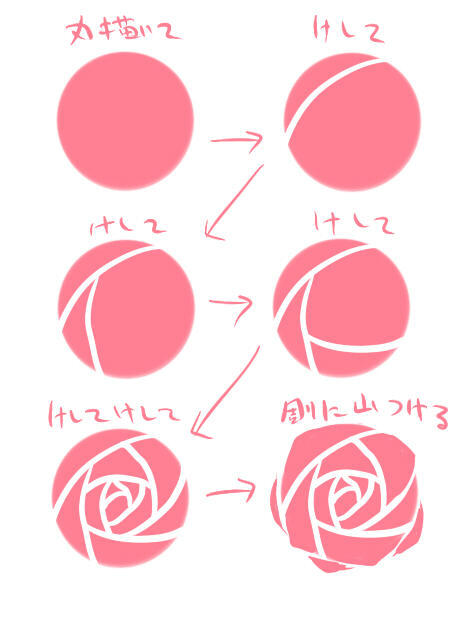#drawing guide
Making this guide because I see this question time and time again on here. This post is mostly directed at white artists and writers who are wondering how to best design their characters of color. Full text description is at the end under the cut.


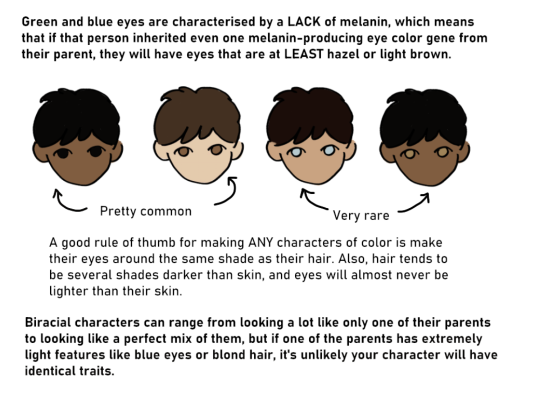
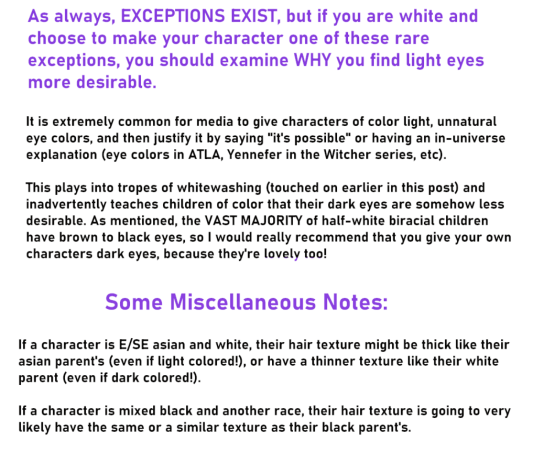
Full disclaimer, I am biracial (mixed E/SE asian and white) and grew up in majority poc communities, but I am just one person and this post is only based on my own experiences. If any other poc want to chime in, feel free to do so.
Once again, a full plaintext description is under the cut. If you find the information useful, please pass it on by reblogging <3
(Finally, even though I spoke vaguely on genetic inheritance, this is NOT the place to comment on certain features being mutations, as if being a mutation means something is inherently lesser or isn’t supposed to exist. Mutations is everything! All of our traits were at some point or another, an emerging mutation. Love yourself ^__^)
Text Description: A Brief Guide on Designing Biracial Characters: “Are my character’s green eyes REALISTIC?”
Disclaimer: I am a geneticist but this is by no means my topic of expertise. The information here is based on EXPERIENCE, and common knowledge of genetic inheritance.
A LOT of people will ask “If my character is mixed white and X, is it OK/realistic for me to give them green/blue/grey eyes?”
SHORT ANSWER: Biracial people with super light eyes exist, but this is uncommon and often plays into trends of whitewashing.
[Two diagrams. One is of light eye colors being combined with dark eye colors, and the other is light hair colors being combined with dark hair colors. Both of them display a range of potential hair and eye colors from these combinations. The brown, dark brown, and black colors are noted as “Most Common”, while green, blue, grey eyes and blonde, red hair fall outside this range. end image]
When someone has one parent with darker features and another parent with light features, their features will normally be a mix of the two or the darker color will be dominant.
Having green or blue eyes if one of your parents has very dark eyes is really rare.
Green and blue eyes are characterised by a LACK of melanin, which means that if that person inherited even one melanin-producing eye color gene from their parent, they will have eyes that are at LEAST hazel or light brown.
[Drawing of four people. A person with dark skin, black hair, and black eyes and a person with pale skin, brown hair, and brown eyes are marked as “Pretty common”. A person with tan skin, dark brown hair, and blue eyes and a person with dark skin, black hair, and hazel eyes are marked as “Very rare”. end image]
A good rule of thumb for making ANY characters of color is make their eyes around the same shade as their hair. Also, hair tends to be several shades darker than skin, and eyes will almost never be lighter than their skin.
Biracial characters can range from looking a lot like only one of their parents to looking like a perfect mix of them, but if one of the parents has extremely light features like blue eyes or blond hair, it’s unlikely your character will have identical traits.
As always, EXCEPTIONS EXIST, but if you are white and choose to make your character one of these rare exceptions, you should examine WHY you find light eyes more desirable.
It is extremely common for media to give characters of color light, unnatural eye colors, and then justify it by saying “it’s possible” or having an in-universe explanation (eye colors in ATLA, Yennefer in the Witcher series, etc).
This plays into tropes of whitewashing (touched on earlier in this post) and inadvertently teaches children of color that their dark eyes are somehow less desirable. As mentioned, the VAST MAJORITY of half-white biracial children have brown to black eyes, so I would really recommend that you give your own characters dark eyes, because they’re lovely too!
Some Miscellaneous Notes:
If a character is E/SE asian and white, their hair texture might be thick like their asian parent’s (even if light colored!), or have a thinner texture like their white parent (even if dark colored!).
If a character is mixed black and another race, their hair texture is going to very likely have the same or a similar texture as their black parent’s.
So I was chatting with the lovely Justin Oaksford yesterday, and he casually asked if I used photo reference for my recent Rolemodels piece- not as a bad thing, but because the pose and the camera angle read well. Pretty sure I grinned like an idiot when he brought it up because, goddammit, I’m proud that the work shows! I’ve felt like my work has been somewhat stilted as of late- I could feel myself subconsciously trending towards easier angles, easier poses, easier expressions just because it’s slightly less frustrating for my brain to process- so getting that confirmation from a colleague was pretty damn satisfying.
I think there’s a tendency for artists to take pride in being able to draw out of your head, and, while that’s an admittedly important skill, what’s actually important is what that skill implies-it implies that you’ve internalized reference. That you’ve spent so much time looking at the world around you, studying it, drawing from it, breaking it down, that you’ve amassed an extensive mental library that you can draw from. You are Google reborn in the shallow husk of a human being.
But heck, the world’s a big place- what are the chances that you ever get to a point that you’ve internalized all of it? Internalized it AND ALSO are never going to forget it ever? Probably no chance at all. Sorry buddy. So rather than bemoaning the fact that we don’t have impenetrable search engine cyborg brains- yet- you sure as hell better still be using reference to fill in/refresh those empty shelves in your mental library. You shouldn’t have worm-ridden books about dinosaur anatomy from the 60’s in there. Stegosauruses with brains in their tails? CLEAN THAT SHIT OUT.
So my general process for using reference of any sort is:
- loose thumbnails and brainstorming. If you have an idea, get that raw thing- unadulterated in it’s potential shittiness- onto paper. Good art is a combination of both instinct and discipline, so you don’t want to entirely discount those lightning strikes of brilliance. Or idiocy. Happens to all of us.
- research and reference. Start gathering and internalizing whatever reference is pertinent to your piece- could be diagrams, art, photos, good old-fashioned READIN’, whathaveyou. Please note that this doesn’t mean find one picture of a giraffe- this means find tons of photos of giraffes, read about giraffes, understand giraffes, and learn how to incorporate that knowledge into your art with purpose and intent (Justin uses the word “intent” a lot so I’m stealing it). Don’t blindly copy what you see, but understand how to integrate it in an interesting and informed manner.
- studies and practice. Could be lumped in with the previous step, granted, but it’s worth reiterating- if you’re drawing something new, it’s worth doing some studies. You discover things that you wouldn’t otherwise by just staring at them. It’s weird how I’m still learning this- “Gee golly, six-shooters are way easier to draw now that I’ve drawn a ton of them!” Yes wow Claire BRILLIANT. Gold star.
- go for the gold. Finally, I’m sure it goes without saying, you integrate all of that research and knowledge into your initial thumbnails. If you learned something about anatomy, or fashion, or color, or butts, now you can drastically improve your original idea with this newfound knowledge. Also, per the images above, this is also your chance to improve on the reference- photos are a fantastic tool, but trust your instincts. Cameras can’t make informed decisions.
…So that’s my soapbox- it’s pretty easy, and it’s totally worth it. Research and reference lets you stand on the shoulders of giants- it lends legitimacy, specificity, and allure to your work that wouldn’t be there if you were just drawing out of your head 100% of the time. To put it simply- it makes your work ownable. It makes you stand out.
It makes you a better artist. :)
-C
Post link
Craig McCracken and Alex Kirwan’s Artists’ Style Guide
Using my models as a basis our brilliant Art Director Alex Kirwan put together these informative and beautiful “Do’s and Don’ts” sheets for the artists working on the show.
You should definitely follow the esteemed Craig McCracken, but while you’re at it, Alex Kirwan is also on Tumblr!
Seriously some of the best character design I’ve ever seen. I love it.
Post link

